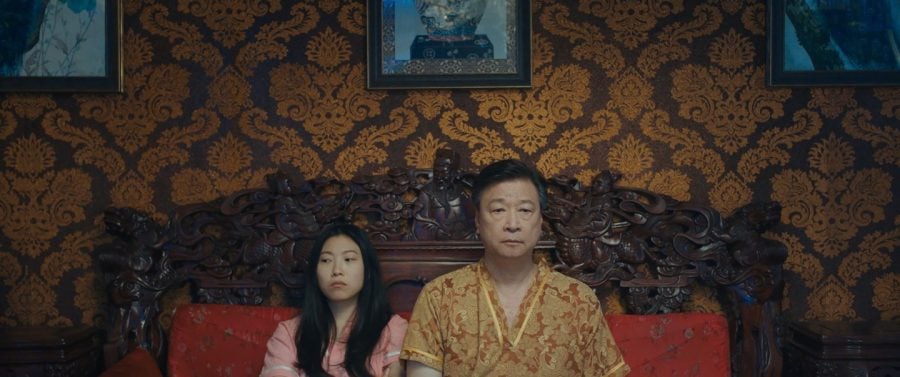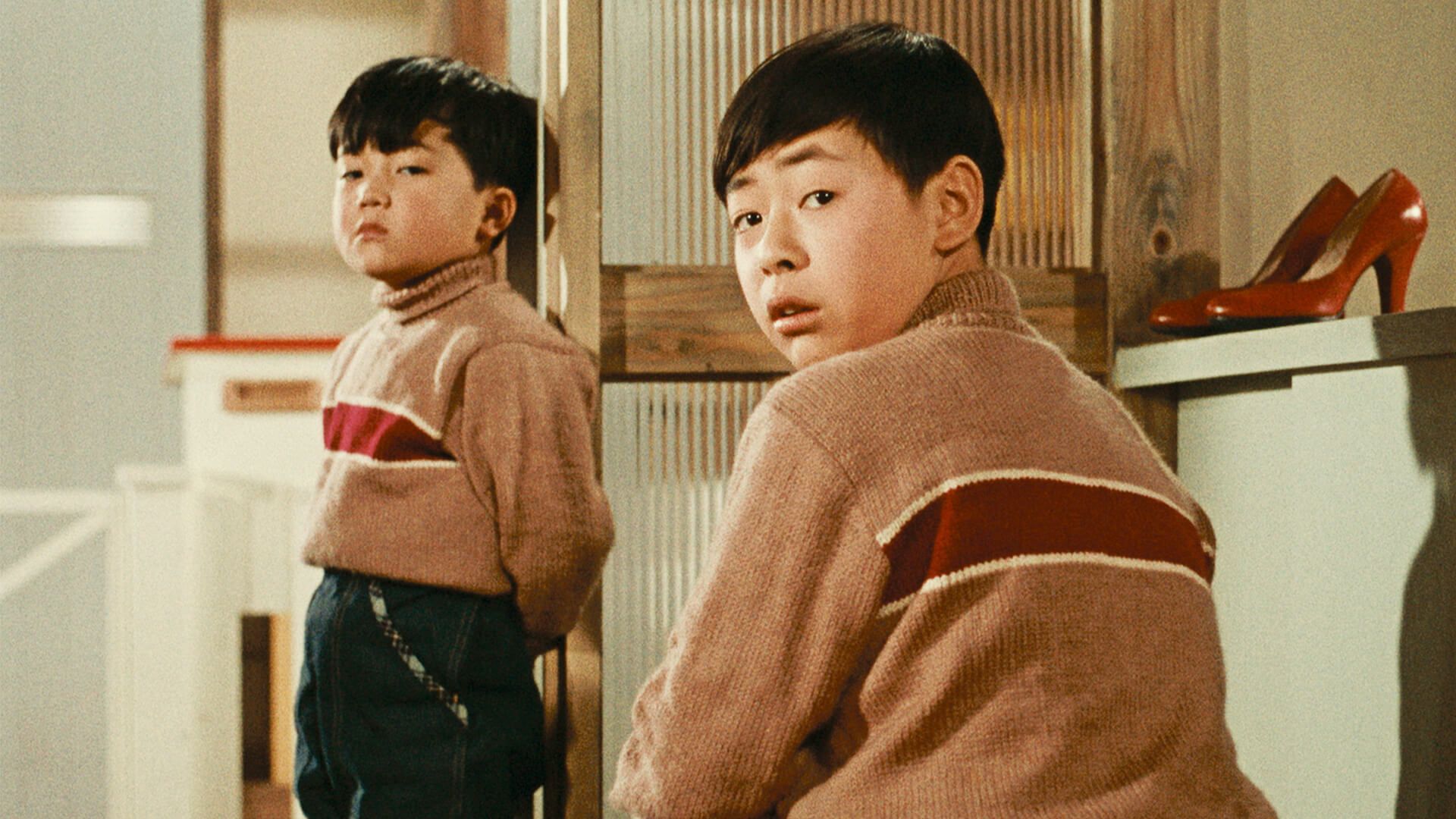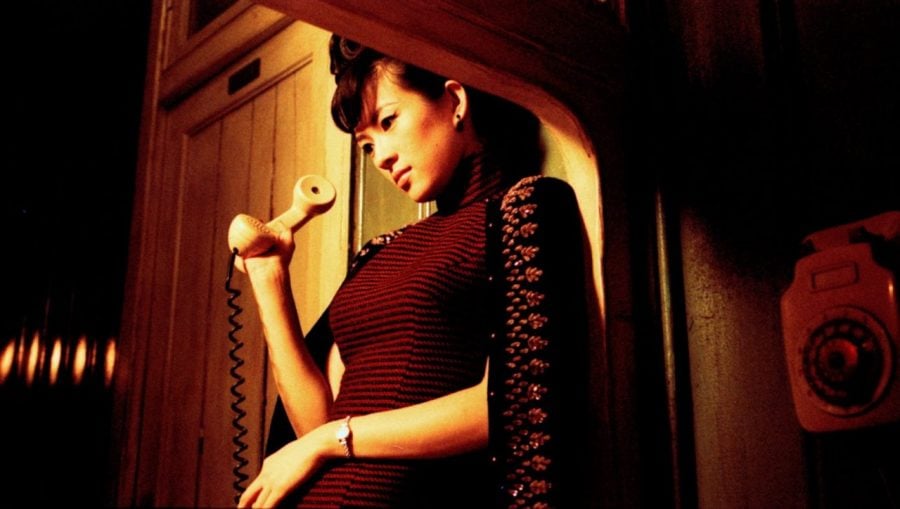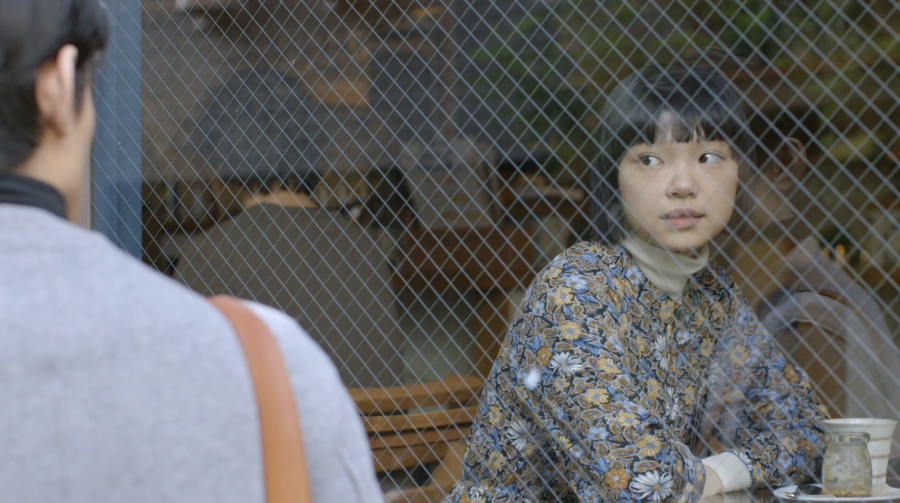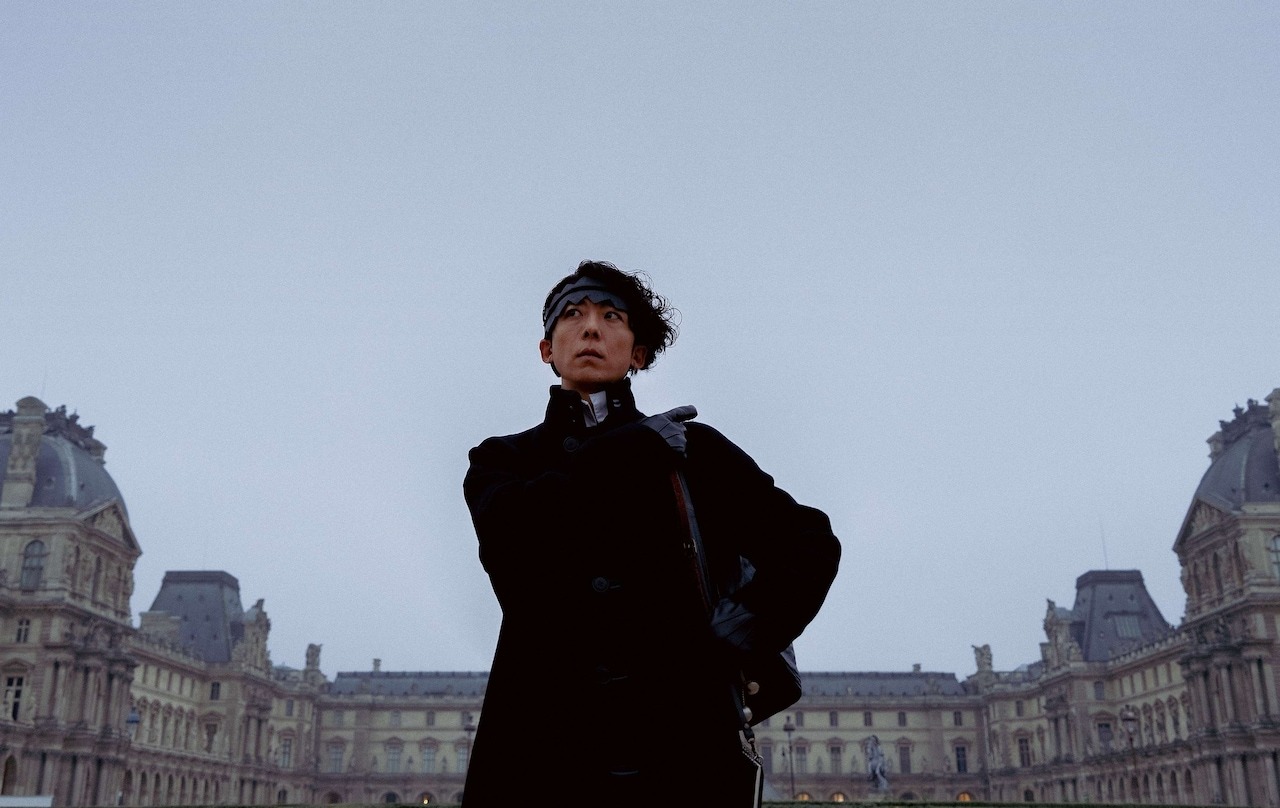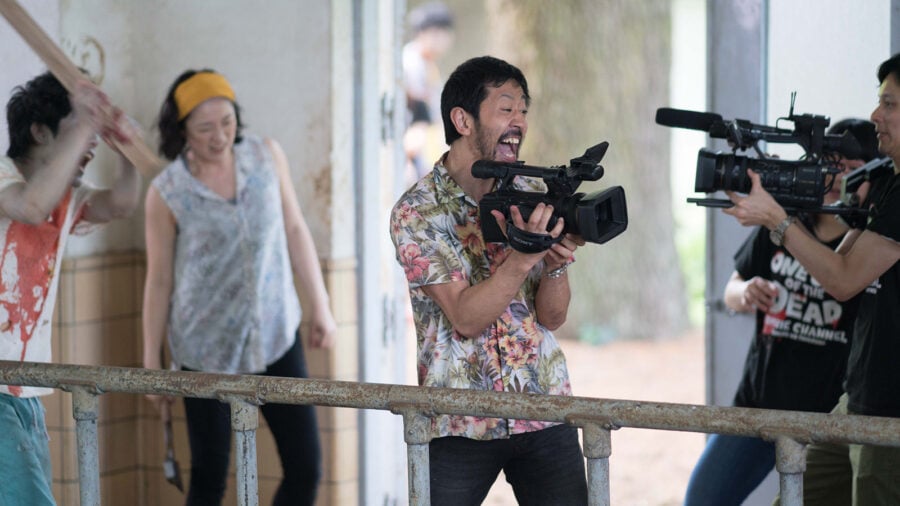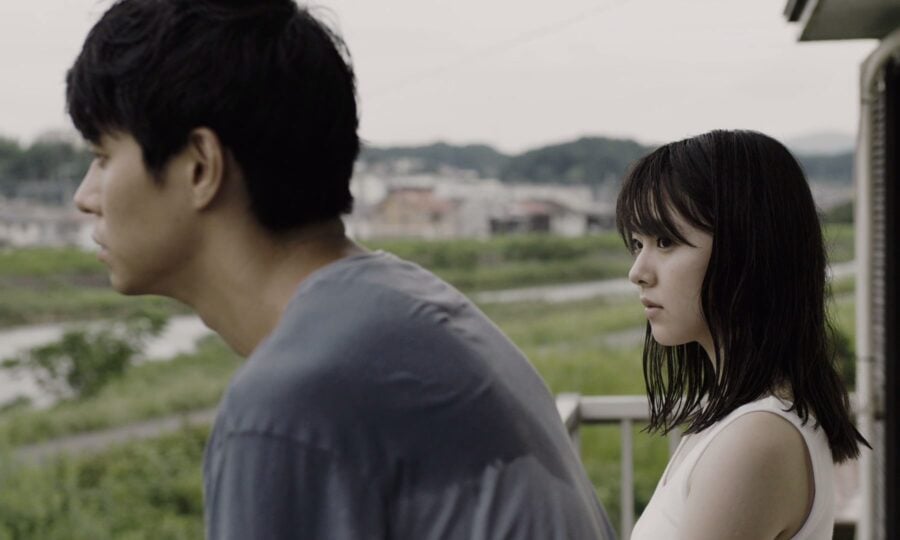Hanagatami (2017)

7.8
Nobuhiko Obayashi fulfills his childhood dream in this strange and surreal coming-of-age drama that capped his anti-war trilogy
Movie
Japan
Japanese
Drama, Romance, War
2017
NOBUHIKO OBAYASHI
Hirona Yamazaki, Honoka Yahagi, Kayoko Shiraishi
169 min
TLDR
It’s such an insane film to attempt to end one’s career with.
What it's about
Japan, 1941. After returning from Amsterdam, sixteen-year-old Toshihiko Sakakiyama arrives in the coastal town of Karatsu, befriending his fellow classmates and enjoying his childhood, while war waits on the horizon.
The take
While best known for 1977 cult horror classic House, Nobuhiko Obayashi first dreamed of adapting Hanagatami, a 1937 novella by Kazuo Dan, and it was only until the later end of his life that he got to fulfill that dream. It’s possibly the reason why Hanagatami feels like a surreal set of memories, with Karatsu’s seaside portrayed with theatrical sets and back projection, with scenes flipped and unflipped ever so often, with Bach looped and mixed with dissonant chords and children singing. And as the teenagers of Karatsu try to cling to their innocence despite the looming possibility of death, Obayashi remembers the lives cut short, not in nostalgia, but in an anxious bid for us to remember humanity’s biggest failure.
What stands out
Obayashi is known for his surreal style, and it’s set to full force in this film. There’s much to notice here–the theatrical sets, green screen, flipped frames, parallel editing, the soundtrack–but what strikes me the most is the way the movement of certain scenes are made to look something akin to stop motion animation. Obayashi has such a unique voice and direction.
Comments
Your name
Your comment
Your comment
UP NEXT
UP NEXT
UP NEXT
Curated by humans, not algorithms.

© 2025 agoodmovietowatch, all rights reserved.







